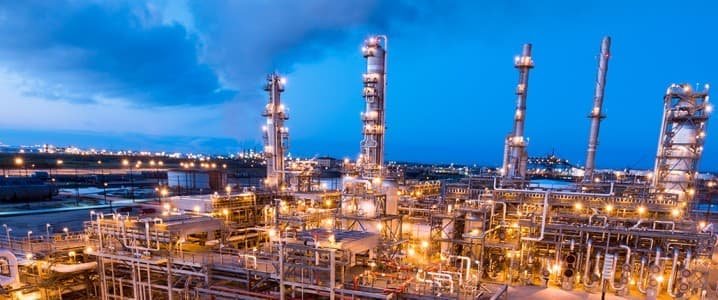By Charles Kennedy – Feb 20, 2025, 11:00 AM CST
- U.S. national average gasoline prices are on the rise.
- Once refinery maintenance season begins, prices tick higher due to the temporary supply constraints.
- Typically, gasoline prices are at their lowest in early February, before refinery maintenance begins.

Despite President Trump’s promise he’d bring down energy prices, Americans should brace for higher gasoline prices amid seasonal maintenance at refineries and outages on the West Coast. Yet even higher, prices are down compared to a year ago.
“The national average has inched higher, driven primarily by sharp gas price increases on the West Coast, where refinery maintenance and outages have created a ripple effect in neighboring states, pushing prices higher in many communities,” GasBuddy’s head of petroleum analysis, Patrick De Haan wrote in a report this week, which warned about the spread of higher prices across regions.
“Although the surge remains isolated to the West for now, refinery maintenance will soon begin in other regions, and with the transition to summer gasoline blends underway, prices in most areas are likely to start rising in the weeks ahead,” De Haan also wrote.
Typically, gasoline prices are at their lowest in early February, before refinery maintenance begins. Once it does, prices tick higher due to the temporary supply constraints. Then, in March and April, refineries begin to switch to producing summer fuel blends – these evaporate less easily than winter blends as the latter need to be suitable for use in colder weather. Driving season is also peak demand season, which tends to be conducive to higher prices at the pump. Yet the effects of this year’s seasonal supply and demand dynamics may be limited, according to analysts.
Related: Goldman Sachs: Ukraine Peace Won’t Hike Russia’s Oil Supply
While refineries enter maintenance, “oil prices remain subdued in the low $70s as President Trump works on a potential peace deal between Russia and Ukraine — an event that, if realized, could have significant implications for oil markets in the months ahead,” GasBuddy’s De Haan wrote.
On the other hand, Goldman Sachs does not expect a potential ceasefire or a peace deal for Ukraine to boost Russian oil production in any substantial way, limiting the effect on prices, at least in terms of physical market balance.
“We believe that Russia crude oil production is constrained by its OPEC+ 9.0 million barrels per day (mbpd) production target rather than current sanctions, which are affecting the destination but not the volume of oil exports,” analysts at Goldman Sachs wrote in a note this week.
However, the lifting of U.S. sanctions would make moving Russian oil around the world cheaper, effectively bringing prices lower, as noted by Bank of America analysts also this week: “Should sanctions relief allow it, we believe Brent crude oil prices could drop between $5 and $10/bbl if Russian barrels suddenly do not need to make a long journey to India or China, and more supply is suddenly made available,” they said.
Geopolitics, then, should help push American prices at the pump lower or, at the very least, limit their increase during peak demand season when gas stations sell the more expensive summer fuel blends. Yet this is not the case all around. California, for one, has cemented its position as the most expensive state to drive in, with prices up by $0.41 per gallon in just the last month and $0.20 per gallon higher than a year ago, at $4.85 per gallon, according to Yahoo Finance. California piles a mass of energy transition-related taxes on fuels sold in the state.
For the rest of the country, however, there is good gas price news down the road, regardless of the geopolitical situation. “US gas price averages will largely be well below $3 per gallon in the last third of 2025 unless we see a hurricane impact the US Gulf Coast,” the global head of energy analysis at OPIS, Tom Kloza, told Yahoo Finance.
By Charles Kennedy for Oilprice.com
More Top Reads From Oilprice.com
- Brazil Joins OPEC+
- Trump’s No-Prisoners Approach to Iran-China Oil Crackdown
- U.S. Fuel Prices Surge On Refinery Maintenance And Outages
![]()


